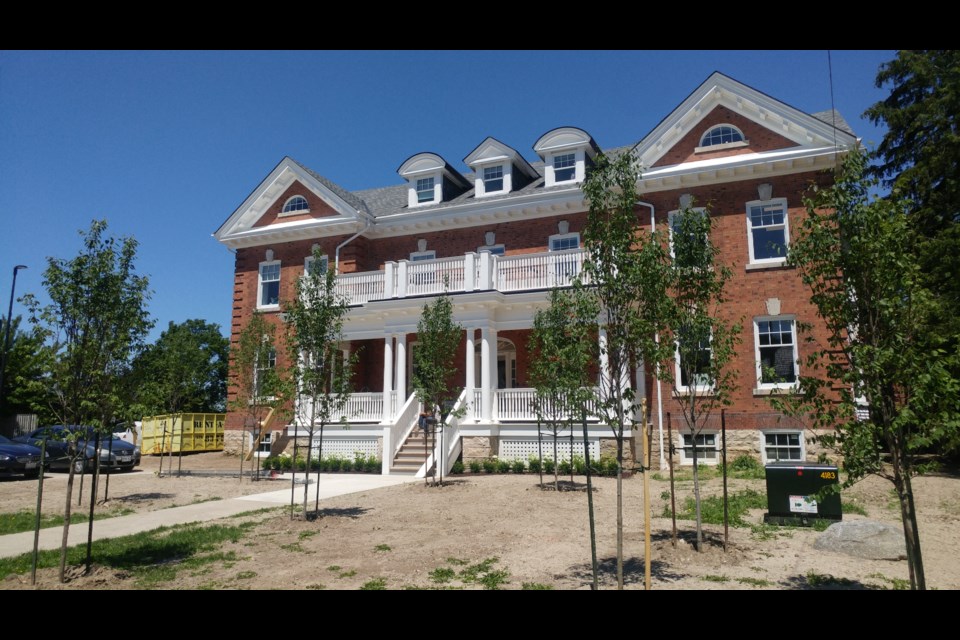The City of Guelph intends to designate two city properties as heritage buildings under the Ontario Heritage Act.
The two are 55 Delhi St. and 72 Farquhar St.
The land where 55 Delhi St. is located was purchased by the Guelph General Hospital in 1906 and the current building was erected in 1910 to serve as the nurses' residence.
It was referred to as the “Forsyth-Hepburn Home,” out of respect to the person who left money in her will to have a new nurse’s residence built.
“The original portion of the building at 55 Delhi Street has design or physical value as a representative example of a major institutional building designed with architectural elements of early 20th century Edwardian Classicism,” says the city report on the notice of intent to designate the building.
“The building displays a high degree of craftsmanship and architectural design and demonstrates the work of two architects that are significant in southern Ontario and the local community.”
The building has direct historical or associative value in its contribution to the development of the Guelph General Hospital as an important institution in the city, the report says.
The building at 72 Farquhar St., on the northeast corner of Farquhar/Wyndham streets, was originally built in 1866 as the drill hall for Guelph’s volunteer militia units and for county agricultural shows and as a community hall.
“The building’s historical value lies in its association with the first active militia units in Guelph and more broadly with development of the Canadian army at the time of Confederation,” says the staff report.
It was later used for commercial and industrial uses.
“The Drill Hall is a rare and representative example of a mid-nineteenth century community hall in Guelph. The design is plain, and much of the original fabric of the building has been replaced or modified; however, the imposing form and mass of the original heavy timber frame building is readily apparent, and its historic function can be interpreted, as a local community hall designed for military drills and agricultural shows.”
